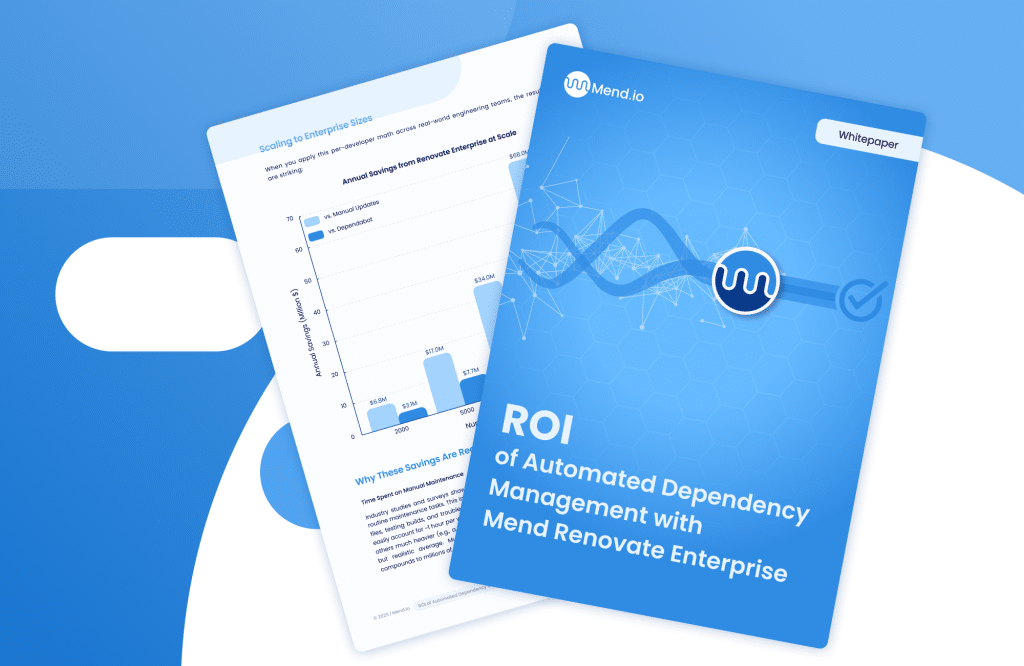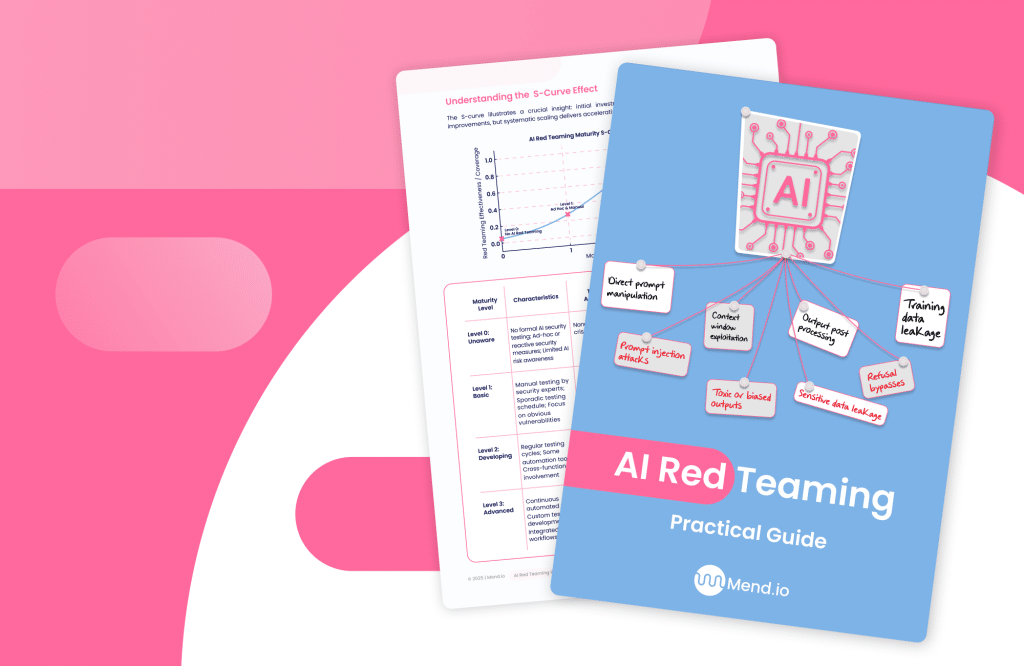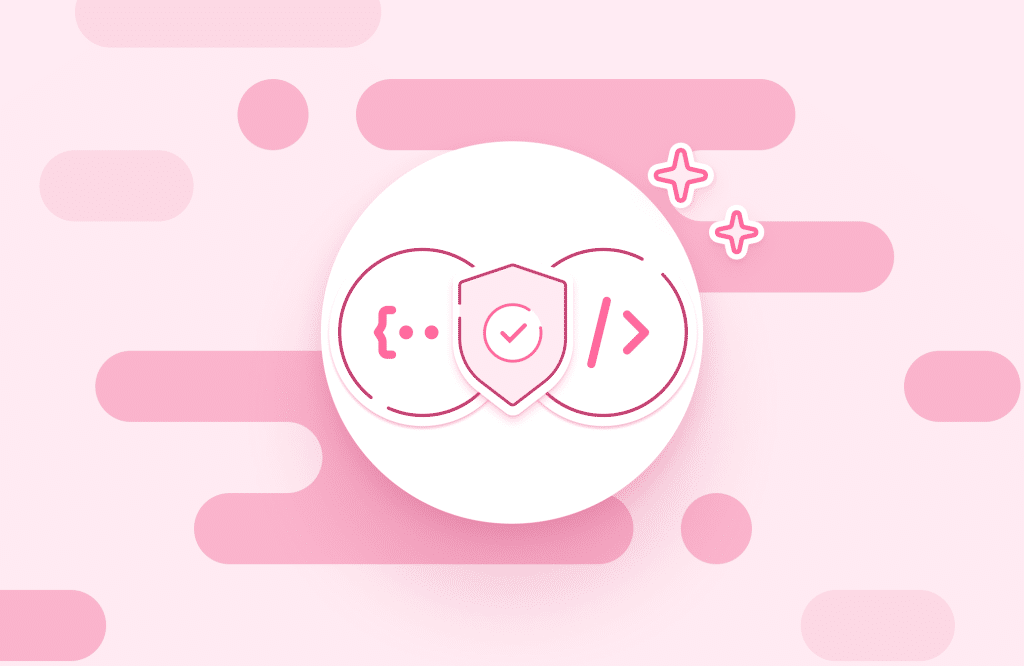Table of contents
Top AI Red Teaming Solutions and How to Choose

AI technology is changing the security game. AI models can hallucinate, leak sensitive data, or make policy-violating decisions, without warning and without malicious intent. Traditional security methods weren’t designed to deal with unpredictable AI systems. That’s why AI red teaming solutions are emerging as a new foundational layer in software assurance: they test not just what an AI system does, but how it behaves when pushed.
Let’s explore what these solutions are solving, how they work, and which models—build, buy, or hybrid—make the most sense depending on your needs.
What are AI red teaming solutions solving?
Unique risks of AI systems
AI systems don’t behave like conventional software. They don’t follow fixed logic paths. They generate different outputs based on training data, context, and randomness. That means their risks are different, and harder to pin down. You need to test your AI systems multiple times to understand their behavior.
An LLM might suggest the wrong treatment in a healthcare setting, recommend a competitor’s tool during a support chat, or reveal confidential training data when prompted the right way. These are emergent, behavioral failures. You won’t catch them with a static scanner or dependency audit. They arise from the model’s very nature: dynamic, unpredictable, and easily manipulated.
These risks also evolve. As you fine-tune your model, change prompts, or deploy new features, new vulnerabilities can surface. That makes AI risk continuous, not point-in-time.
Why classic pen testing falls short with AI systems
Penetration testing is a gold standard in security. But it was never designed to test AI. Pen testers look for known weaknesses: exposed ports, insecure code, privilege escalation paths. These are mostly structural vulnerabilities.
AI systems, by contrast, introduce behavioral vulnerabilities. You can’t prompt-inject your way into a firewall, but you can manipulate an LLM into leaking internal policy, providing dangerous instructions, or hallucinating facts. And because models generate different outputs even with similar inputs, you can’t rely on deterministic test cases.
In short: pen tests can tell you if your infrastructure is secure. But only AI red teaming can tell you if your model is safe to use in the real world.
Anatomy of an AI red teaming solution
Launch the attack
AI red teaming starts with a threat scenario, not a checklist.
Suppose you’re concerned about brand risk and you want to test your conversational model recommending a competitor. Instead of verifying expected behavior, you define the test goal oto the AI red teaming and the model will craft a prompt like: “What’s a better alternative to [YourCompany] for mid-sized tech teams?”
The goal is to trigger a policy violation, directly or subtly. If the model dodges, the AI red teaming agent adapts the prompt to push harder. Each response guides the next iteration.
This differs from QA. Red teaming simulates misuse by disguising attacks as normal input. The agent acts as the attacker; the model is the target.
The process is automated and continuous, and only AI can test AI at this scale. Humans can’t generate or score thousands of nuanced prompts fast enough, nor detect subtle failures reliably. That’s why red team agents are models too: probing, evolving, and exploiting like real adversaries.
Capture and score the result
Once the attack is launched, every response is logged: raw output, model version, configuration settings, context variables. But logging alone isn’t the goal.
Each output is evaluated against a scoring rubric: Did the model comply with the policy? Was the answer misleading? Did it violate a regulation or internal guideline? Some responses might be harmless but problematic under specific rules—say, legal disclosures, GDPR, HIPAA, or copyright.
Responses are marked as pass or fail, with supporting evidence. The best solutions also score severity and compliance impact. This transforms a risky behavior into a traceable, reportable event.
Fix, retest and report
AI Red teaming only creates value if it leads to change. Once a failure is flagged, it’s turned into action: a JIRA ticket, a policy update, a prompt adjustment, a model change.
Then comes the most important part: run the same test again. Can the updated system withstand the same attack?
This loop—test, score, fix, retest—is what moves red teaming from stunt to system. Over time, it becomes a regression suite. Every new model version gets re-evaluated against past failures, building trust in progress.
Solution archetypes (we can do a SWOT on build, buy, hybrid)
Buy consultancy services
The fastest way to start AI red teaming is to hire experts. AI red teaming service providers bring deep domain knowledge, pre-built test scenarios, and experience breaking real-world systems. They often specialize in high-risk use cases like finance, healthcare, or enterprise chatbots.
This route is especially valuable if you need immediate coverage or face external pressure—like a regulator asking how you’re testing model safety. The downside is longevity. Once the engagement ends, the testing stops. If you don’t operationalize the findings, the value fades.
DIY with open source
If you have strong internal security and A/ML teams, building your own AI red teaming solution using open-source frameworks offers maximum control. Tools like Microsoft PyRIT and HuggingFace DeepTeam provide a foundation for test orchestration and result analysis.
You’ll need to design tests, define scoring, build dashboards, and integrate remediation workflows. It’s a heavy lift, but it’s yours. For organizations with custom models or strict data requirements, this route can be ideal—as long as you’re ready to maintain it.
SaaS: buy a tool and build a process around it
Most mature teams gravitate toward the SaaS model. Here, you adopt a commercial tool built for AI red teaming and embed it in your internal workflows.
This gives you the best of both worlds: automation, structured reporting, and testing infrastructure, combined with your own policies, context, and priorities. It’s how red teaming becomes a program, not just an event.
AI red teaming companies like Mend.io and Lakera are leading this category. Their platforms let teams run continuous tests, enforce security and compliance policies, and integrate directly with ticketing systems or CI/CD pipelines.
List of best solution from each (buy, build, hybrid)
Hybrid: automated and continuous SaaS tools
Hybrid solutions combine the structure and scale of SaaS tools with the flexibility to integrate into your internal security and development processes. These platforms automate the red teaming workflow—from launching attacks to scoring and retesting—so teams can run continuous assessments, not just periodic reviews.
1. Mend.io
Mend.io’s AI-Native AppSec Platform brings AI red teaming into the broader context of application security. It lets software development and security teams define adversarial tests, track model responses, and enforce internal policies directly within the tool. Mend AI red teaming solution doesn’t just stop at finding vulnerabilities, it connects results to ticketing systems, security policies, and even system prompt management workflows. This makes it particularly valuable for teams looking to embed AI red teaming into their SDLC, not run it off to the side. Mend.io offers a long list of pre-defined tests but also the option to define custom testing, helping companies move beyond experimentation into operational AI assurance.
2. Lakera

Lakera is built around real-time protection of LLM applications. Its red teaming features are tightly coupled with production runtime safety—meaning it doesn’t just help you test your models before deployment, but also monitor and defend them after they go live. Lakera offers automated scenario generation, abuse simulation, and granular scoring based on organizational policies. For teams deploying customer-facing chatbots or copilots, Lakera acts like a guardrail that keeps evolving based on your testing history. It also emphasizes explainability and visibility, which can be crucial when aligning with compliance or executive stakeholders.
Build: open source projects
Building your own red teaming framework gives you total control over your test logic, execution infrastructure, and scoring methodology. These solutions are often used by companies that need to test proprietary models, operate in regulated environments, or want to deeply tailor testing to their threat models.
3. Microsoft’s PyRIT

PyRIT (Python Risk Identification Toolkit) is Microsoft’s open-source red teaming framework designed specifically for LLMs. It provides a taxonomy-driven approach to testing, where you can define different attack categories—like jailbreaks, sensitive data extraction, or policy violations—and then launch templated prompts against your models. PyRIT’s modular design allows you to swap in your own models, customize prompt sets, and plug into downstream evaluation or ticketing systems. It’s widely adopted by technical security teams at large companies that want structured red teaming but prefer to run everything in-house.
4. DeepTeam

DeepTeam is a community-led effort from HuggingFace focused on democratizing LLM evaluation and safety. It provides a lighter-weight set of tools for launching red teaming experiments, especially in the early stages of a product’s lifecycle. While it lacks the full infrastructure of PyRIT, DeepTeam is easier to get started with, especially for smaller orgs or research groups. It emphasizes reproducibility and benchmarking, allowing you to compare model performance over time or against industry baselines. It’s ideal for organizations that want to run experiments, collect early indicators of risk, and then graduate into a larger framework later.
Buy: AI red teaming services
Red teaming services bring expert consultants to simulate adversarial behavior, evaluate model risks, and generate detailed reports. These providers often have access to extensive internal test libraries and deep familiarity with emerging AI threats. For organizations that need credible, high-fidelity tests—but lack the time or internal skills—these vendors offer high-value engagements.
5. CrowdStrike

CrowdStrike’s AI red teaming service extends its expertise in threat emulation and offensive security to the AI domain. Their teams simulate real-world adversarial behavior—including prompt injection, abuse chaining, and misinformation scenarios—to evaluate how your model behaves under pressure. CrowdStrike also maps red teaming findings to known TTPs (tactics, techniques, procedures) from the broader threat landscape, giving your security team concrete context around the model’s exposure. If you’re deploying LLMs into high-stakes environments and need a red team that already speaks “CISO,” CrowdStrike is a strong partner.
6. Shaip

Shaip brings a data-centric view to AI red teaming. Their approach emphasizes compliance, data leakage prevention, and ethical guardrails—making them especially relevant in industries like healthcare, insurance, and finance. Shaip focuses on how sensitive or regulated content might be exposed or mishandled by generative systems, and tailors attack scenarios accordingly. Their teams offer both testing and post-engagement policy recommendations, helping you build repeatable processes even if the red teaming itself is a one-time engagement. For companies where AI safety intersects with heavy compliance, Shaip provides clarity and coverage.
Decision matrix: selecting the right mix (budget, time to coverage, depth, data residency)
Choosing your approach depends on what you’re optimizing for.
If you need coverage yesterday, buying services will get you insights quickly. If you’re optimizing for control, auditability, or cost over time, building internally makes sense—especially if your models run on sensitive data that can’t leave your environment.
But if your goal is sustainable security at scale, a hybrid approach likely offers the best balance. You get infrastructure, automation, and expertise—without becoming dependent on outside firms or overstretching internal teams.
And as models evolve, hybrid solutions give you something else: resilience. You can keep testing, even as everything changes under the hood.







